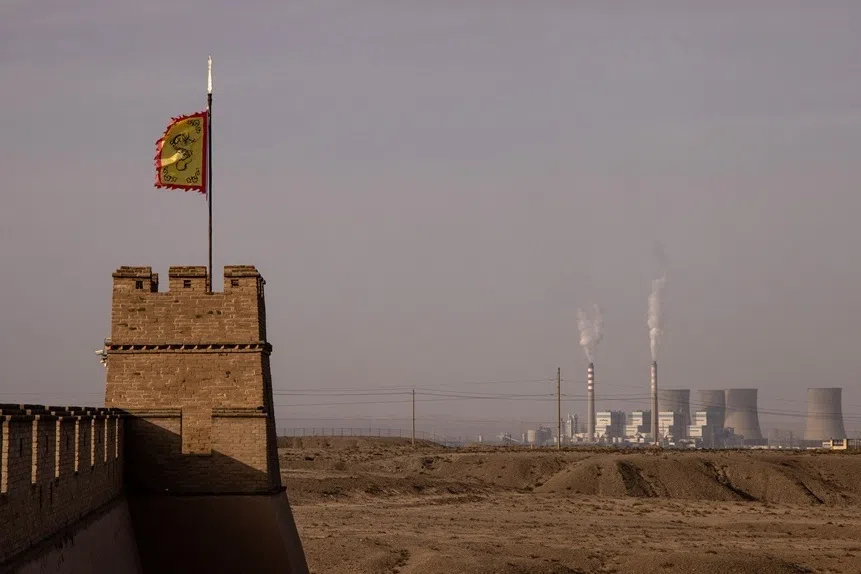Will Chinese enterprises be able to mitigate the effects of Trump’s tariff war?
How will the threat of future tariffs affect Chinese manufacturers who have moved operations to countries like Vietnam, which were previously considered safe from tariffs? Lianhe Zaobao China news correspondent Lim Zhan Ting finds out.
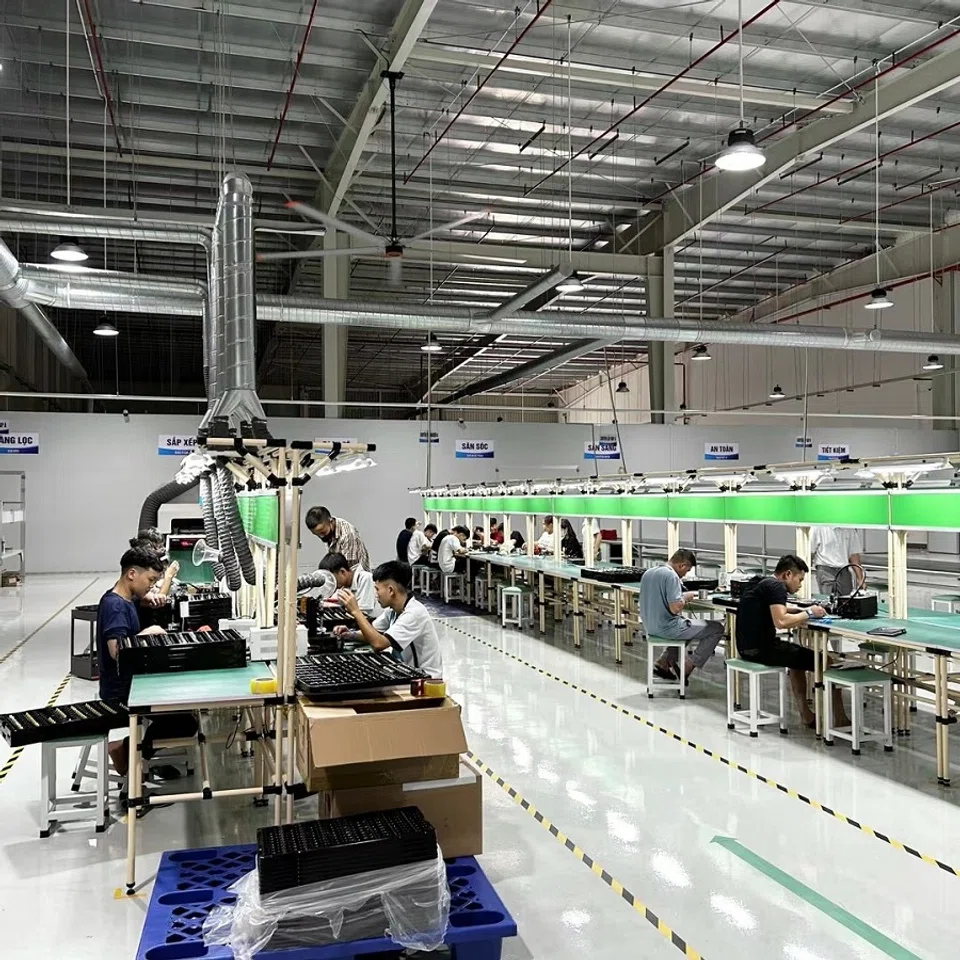
Since US President Donald Trump won the election last November, some Chinese entrepreneurs running factories in northern Vietnam have been feeling anxious. In recent years, many of them relocated to Vietnam to avoid US tariffs on China during Trump’s first term. However, even before settling down in their new environment, they are being forced to think about moving again.
These manufacturers are panicking now because the tariffs proposed since Trump returned to the White House not only targets China, but countries such as Vietnam and Mexico where Chinese companies have established production chains. While the US has only imposed an additional 10% tariffs on China so far, it is highly uncertain whether this will be widened to include countries with larger trade surpluses with the US, such as Vietnam.
A new relocation wave has swept across Chinese enterprises seeking to avoid tariffs in recent months; countries considered safe zones in the previous trade war are now deemed risk zones. Thus, enterprises are beginning to shift their attention to neighbouring Southeast Asian countries such as Thailand, Cambodia, Indonesia and Malaysia.
Since the outbreak of the China-US trade war in 2018, many Chinese enterprises, like Shieh’s, have set up factories in Vietnam to avoid tariffs. But they are now realising that the risk of doing business in Vietnam is also increasing.
Vietnam no longer safe from tariffs?
Allen Shieh, CEO of ANZ Electric Vietnam, who opened an electronics manufacturing plant in Hai Duong city, northern Vietnam, in 2022, told Lianhe Zaobao that his company, headquartered in Dongguan city, Guangdong, decided to set up a factory in Vietnam because the US market accounts for 75% of its business. “Going to Vietnam was about having a backup plan. If something extreme happened, and we were not able to serve any of our US customers, that would be a big problem,” he explained. Back then, the power supply products manufactured by the company were subject to a 25% US tariff.
Since the outbreak of the China-US trade war in 2018, many Chinese enterprises, like Shieh’s, have set up factories in Vietnam to avoid tariffs. But they are now realising that the risk of doing business in Vietnam is also increasing. As more Chinese companies set up factories there and then export goods to the US, Vietnam’s trade surplus with the US has climbed steadily reaching a record high of US$123 billion last year.
Shieh said, “For such a small economy, Vietnam has a massive trade surplus with the US. If Trump were to seize on this issue, it would be very difficult for Vietnam to respond.”
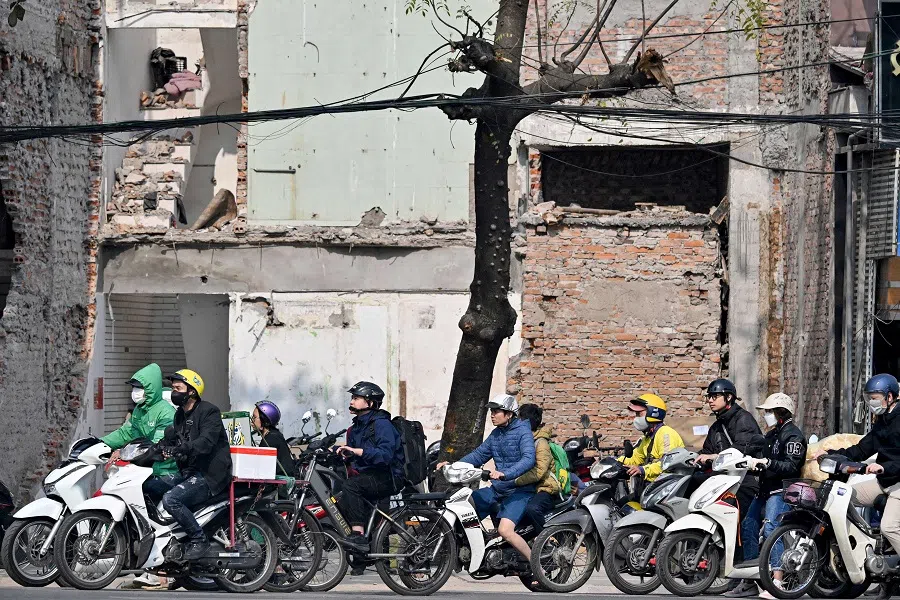
In fact, Trump threatened to impose tariffs of up to 20% on all imported goods during his campaign last year. Several analysts believe that Vietnam, which has a huge trade surplus with the US, will likely be one of the targets of US tariffs.
Shieh said that he was still undecided, but some of his entrepreneur friends have already gone to Thailand and Cambodia to explore new opportunities, preparing to transfer part of their Vietnam operations there.
... Southeast Asian countries like Indonesia and Thailand, anticipating the impending wave of relocation, have been actively extending reaching out to Chinese companies at risk of bearing the brunt of a new round of tariffs.
Extending an olive branch
In recent months, Southeast Asian countries like Indonesia and Thailand, anticipating the impending wave of relocation, have been actively extending reaching out to Chinese companies at risk of bearing the brunt of a new round of tariffs.
The Jakarta Post reported that the Indonesian government is actively developing Batam Island’s special economic zone, hoping to attract Chinese industries impacted by tariffs, such as electronics and automotive.
After Trump’s election last November, Reuters quoted Thai Commerce Minister Pichai Naripthaphan as frankly saying: “We want a lot of investment from China so we can sell to America.”
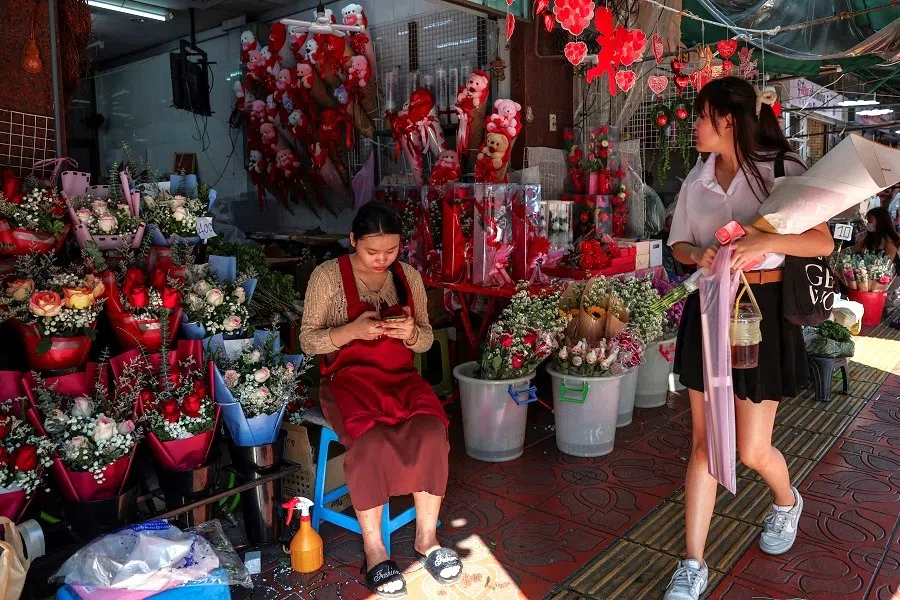
Tan Kong Yam, an emeritus professor of economics at Nanyang Technological University (NTU), told Lianhe Zaobao that Southeast Asia remains the preferred relocation destination for Chinese companies even after the latest round of Trump’s trade war.
Tan explained that Southeast Asia’s proximity to China helps lower logistics costs, and countries like Vietnam, Thailand and Malaysia already have comprehensive industrial ecosystems. Also, existing agreements such as the Regional Comprehensive Economic Partnership have facilitated more convenient trade relations between China and Southeast Asian countries.
Challenges of moving operations to other countries
However, venturing into new markets evidently requires prudent consideration. Using Thailand and Indonesia as examples, Shieh pointed out that a major disadvantage of setting up factories in Thailand is the lengthened supply chain and the higher logistics costs. For Indonesia, there is a wider cultural difference compared to Vietnam, despite lower labour costs and rent.
Despite the tariff risks in Vietnam, some companies are still betting on it amid the unpredictability when it comes to policy changes under Trump. Cui Shu, founder of Johnny Cui Law Firm in Fujian who specialises in corporate cross-border mergers and acquisitions, stated when interviewed that several Chinese clients still had plans to set up factories in Vietnam even after Trump’s election victory at the end of 2024.
Cui explained that besides costs being lower due to its proximity to China, the culture and values of Vietnamese people are also closer to that of China. The organisational and disciplinary nature of Vietnamese employees is stronger, leading some entrepreneurs to view it as “the Southeast Asian country that least resembles a Southeast Asian country”.
... in the face of such challenges, companies must adopt proactive and diversified strategies, reduce dependency on the US and actively explore ASEAN, Europe, Africa, the Middle East as well as other emerging economies to diversify their customer base. — Professor Tan Kong Yam, Emeritus Professor of Economics, School of Social Sciences, NTU
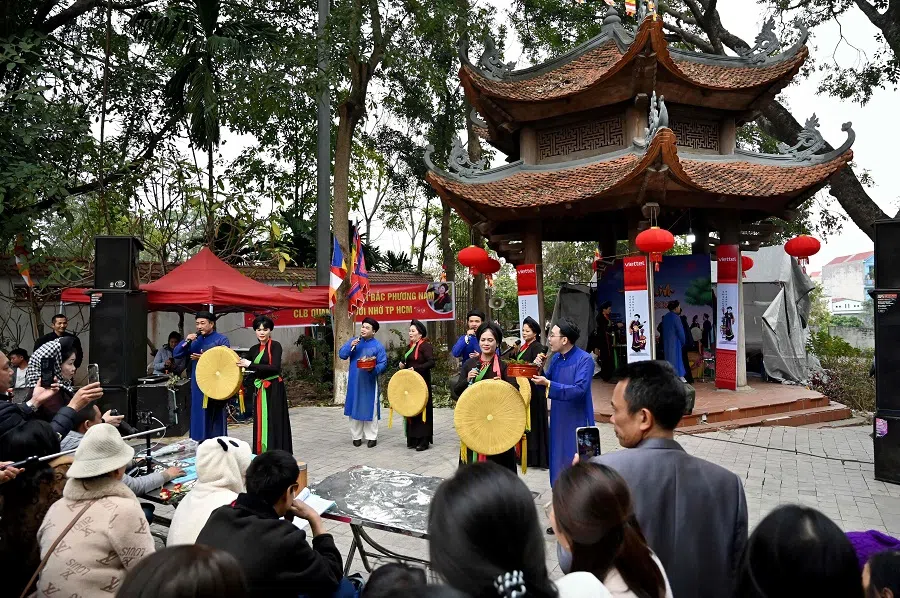
At the other end of the world, Mexico — also considered to have benefitted from the China-US trade war — now faces many uncertainties. Similar to the situation in Vietnam, many Chinese companies relocated to Mexico after the trade war broke out, bringing their production lines closer to the US market in order to avoid tariffs on China.
After Trump took office and threatened to impose a 25% tariff on Mexican goods, these companies were momentarily thrown into disarray. Although Trump later postponed the implementation of tariffs, Chinese companies still had to prepare for the worst-case scenario, including seeking alternative locations such as Brazil, which is a short distance away.
Tan pointed out that in the face of such challenges, companies must adopt proactive and diversified strategies, reduce dependency on the US and actively explore ASEAN, Europe, Africa, the Middle East as well as other emerging economies to diversify their customer base.
Whatever the case may be, local production in a third country has become the main solution for Chinese companies to deal with tariffs. The simple “re-export tariff evasion” approach (bypassing tariffs by shipping goods through a third country) has become increasingly unsustainable. Tan explained that the second Trump administration is expected to enforce stricter rules of origin in trade agreements, and expand the investigation scope of the US Customs and Border Protection to close loopholes in transshipment.
US market remains attractive
The US’s tariff policy has forced many Chinese companies to move their production chains abroad, causing inconvenience and trouble. Nevertheless, the US market remains highly attractive for some industries.
Shieh of ANZ Electric Vietnam pointed out that the Chinese market has large order volumes but low profits, while the European market has smaller volumes but high profits. However, the US market combines the advantages of both Chinese and European markets, with large volumes and good prices, which means it is still favoured.
... due to the high cost of domestic investment in the US, Trump’s vision of bringing manufacturing back to the US could still be a tall order to achieve, adding that Southeast Asia will likely remain the main region for Chinese company relocations in the next four to five years. — Cui Shu, Director, Qinshi Law Firm in Fujian
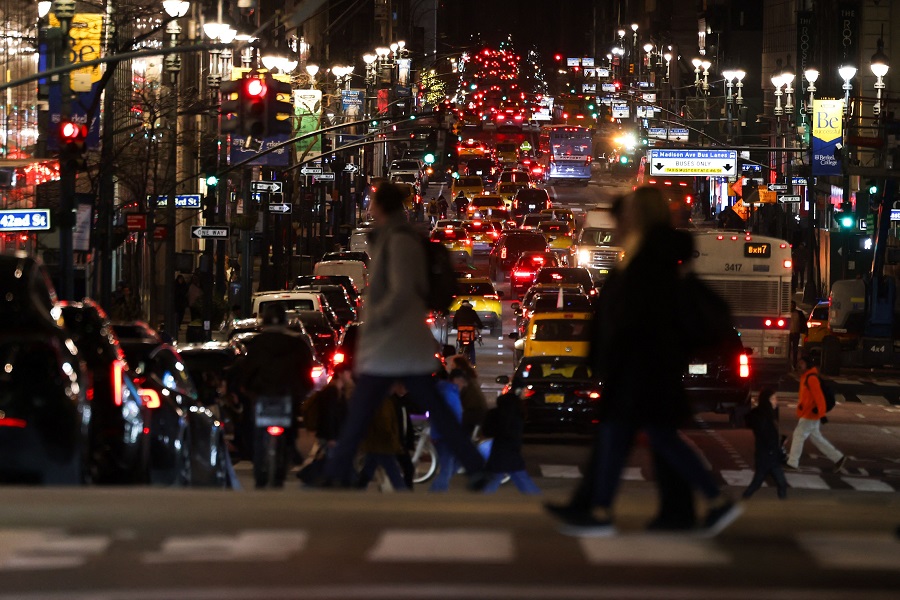
Shieh is aware that in the Trump 2.0 era, there is “no escape from tariffs anywhere”. He is thus exploring a joint venture to set up a factory in the US, possibly in Tennessee or Indiana, where labour costs are relatively low, although the initial investment is still estimated to be around US$1 million.
Having invested 10 million RMB to set up a factory in Vietnam three years ago, Shieh admitted that relocating again with substantial investment would inevitably result in losses, but added, “I don’t have a choice; we have to keep the business, the market and the customers”.
However, Cui opined that due to the high cost of domestic investment in the US, Trump’s vision of bringing manufacturing back to the US could still be a tall order to achieve, adding that Southeast Asia will likely remain the main region for Chinese company relocations in the next four to five years.
Cui said, “No matter how tough it is outside, if Chinese companies want to survive under the persistent US tariff barriers, venturing out of China will continue to be the approach to take.”
This article was first published in Lianhe Zaobao as “特朗普关税战2.0开打 中企酝酿新一轮“避税迁移潮””.

